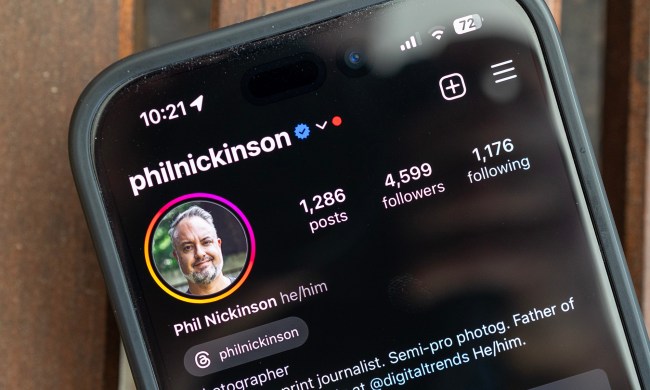A widespread attack that took place on Twitter in November 2019 attempted to cause epileptic seizures in people who have the condition.
The Maryland-based Epilepsy Foundation, which has more than 33,0000 followers on the microblogging platform, said this week that it has filed a formal criminal complaint in connection with the troubling incident.
The attack was relatively simple in its execution. An individual or group used the foundation’s Twitter handle, as well as specific hashtags, to post videos of flashing or strobing lights that could have triggered a seizure. In an apparent bid to increase the impact of the attack, the perpetrator carried it out during National Epilepsy Awareness Month when the feed was likely to have been busier than usual.
The foundation said that exposure to flashing lights and particular visual patterns can trigger seizures in about 3% of those with epilepsy. It added that the condition, known as “photosensitive epilepsy,” is more common in children and adolescents. It’s not yet clear if anyone was affected by the flashing pictures that appeared on Twitter.
“These attacks are no different than a person carrying a strobe light into a convention of people with epilepsy and seizures, with the intention of inducing seizures and thereby causing significant harm to the participants,” Allison Nichol, director of legal advocacy for the Epilepsy Foundation, said in a release. “The fact that these attacks came during National Epilepsy Awareness Month only highlights their reprehensible nature.”
As noted by the Epilepsy Foundation, the malicious attack has echoes of the one that targeted writer Kurt Eichenwald in 2016. In that case, Maryland resident John Rayne Rivello was accused of using Twitter to send a flashing image to the writer with the aim of triggering a seizure. Rivello had allegedly taken a dislike to an article Eichenwald had written about Donald Trump during the 2016 presidential campaign, and was accused of sending the image together with a message that read, “You deserve a seizure for your post.” According to court documents seen by the New York Times, the flashing image caused Eichenwald to have a seizure that lasted around eight minutes. The writer said he would probably have died if his wife hadn’t entered the room and taken action to stop the seizure. Rivello is due to appear in court in January 2020 where he will reportedly plead guilty to aggravated assault.
The Epilepsy Foundation was also targeted in 2008 when hackers posted hundreds of links on its website to pages with flashing images.
“These kinds of attacks need to be taken seriously,” Nichol told the Washington Post recently. “There needs to be a very aggressive response, both by the foundation and by law enforcement. What these people did is incredibly dangerous to people with epilepsy and it just cannot stand.”
Responding to the incident, a Twitter spokesperson told Digital Trends: “We want people to feel safe on our service. We provide people on Twitter with the option of preventing media from autoplaying in their timelines, as well as prevent any GIFs from appearing when someone searches for ‘seizure’ in GIF search.
“Additionally, if Twitter determines accounts are dedicated to causing offline harm, they will be permanently suspended. We’re exploring additional options to help protect the people on Twitter from this type of abuse.”
Updated on December 19, 2019, to include statement from Twitter.


